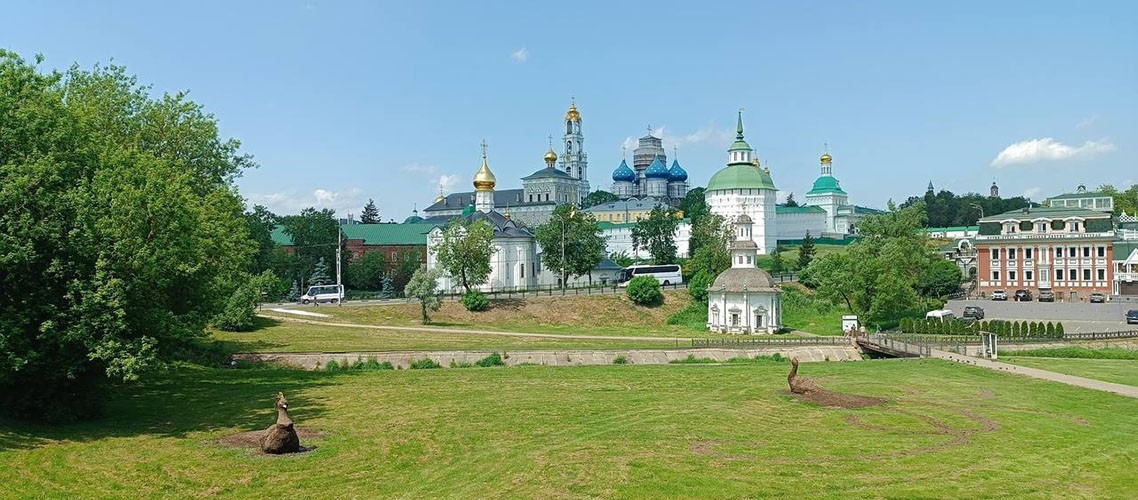
MSU Scholars Digitize Holy Trinity-St. Sergius Lavra and MThA for VR Tour
As part of the project "Orthodox Culture in World Civilization", which began in 2024, scholars from Moscow State University (MSU) have created a mobile app for virtual tours of the Holy Trinity-St. Sergius Lavra and the Moscow Theological Academy.
The VR-reconstruction was authored by scholars from Moscow State University.
The application was developed on the Unity gaming engine. Users can walk through the grounds and enter buildings or select individual objects to learn about their history. The effect of presence is created by a "camera breath", which makes the image more dynamic.
"The app is adapted for both high-end tablets and smartphones as well as budget devices. It is ready, and we are currently working on getting it published on RuStore and Google Play for free download. I think the issue will be resolved by the end of the year. What makes our app special compared to foreign projects on various monasteries is that it covers a relatively large area, not limited to a single building, and relies on academic data and the opinions of experts—archaeologists and architectural specialists", said Maxim Mironenko, a specialist in educational and methodological work at the Department of Historical Informatics of the MSU Faculty of History.
The creation of the app is part of the "Orthodox Culture in World Civilization" project, which began in 2024. As part of this eight-year initiative by the Moscow Theological Academy, the MSU Faculty of History and the inter-faculty center "Mathematical and Software Support for Virtual and Mixed Reality Technologies" (MSU VR-Center), in collaboration with the monastery, will also publish a series of books on the role of this and other monasteries in the development of Orthodox Christianity and culture. These books will be supplemented with VR-applications.
"These components can be a 'living' portrait or an artifact that you can bring into the space you're in", the university representative clarified, adding that individual 3D-objects are already available on the website.
Features of the Digitization
The project's authors have already digitized the interiors and some of the exhibits of the Moscow Theological Academy, located within the Lavra. Among them are the paten (a liturgical vessel) of St. Sergius of Radonezh, his sandals, and wooden icons. MSU specialists have also made recordings of several classes and choir performances. Lidars and laser-photometric scanners were used to scan the artifacts.
"We use non-heating scanners that operate in a specific spectrum without a blue beam. This minimizes the impact on the pigment layer", Maxim Mironenko explained.
The oldest artifacts the project initiators worked with were 16th-century Ethiopian crosses — crosses of the Ethiopian Orthodox Church that were given to Emperor Nicholas II as a diplomatic gift on his coronation day. The traditions of their creation in the African country were lost over time, making these items unique.
ТАСС/MThA Press Office
